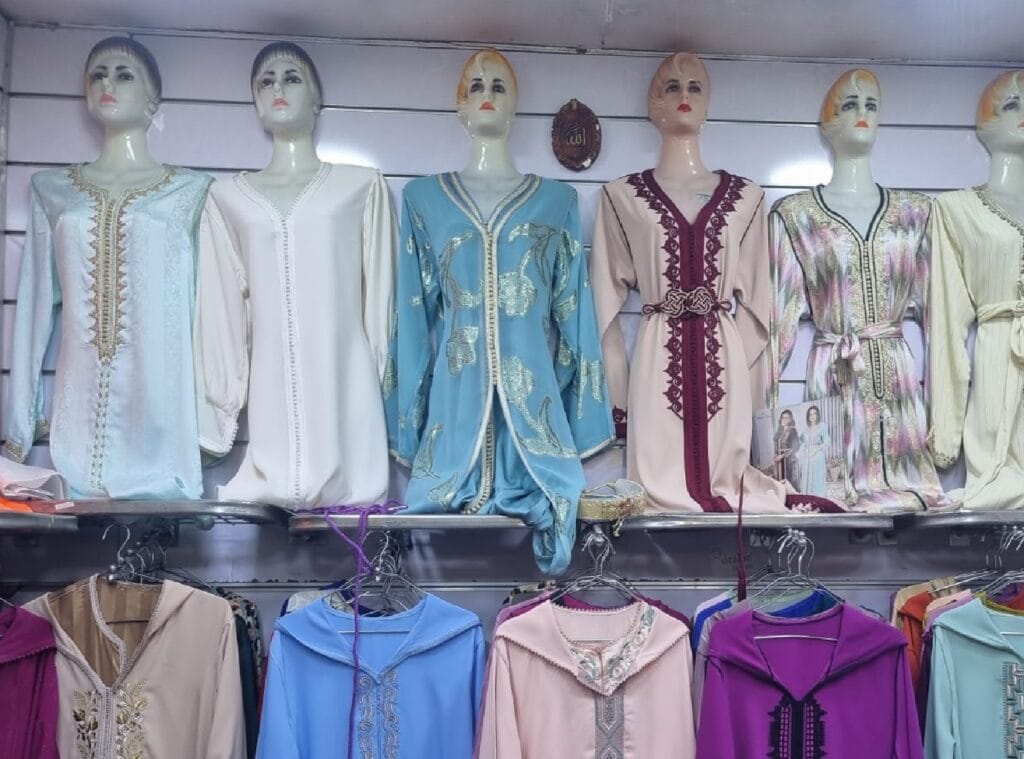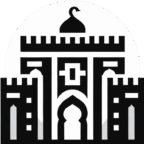Morocco is a country where tradition and progress harmonize and two of these are the Moroccan jellaba Also known as led to djellaba. This legendary garment is more than just clothing; it is clothing that represents Moroccan history and culture because it brings the nation’s diverse and complex society to life through clothing.
This guide dives deep into the background, workmanship, and social significance of the Moroccan jellaba, supplying visitors a thorough understanding of this interesting conventional attire.
A Peek into Background.
Morocco jellaba has an historical background as it dates back a few centuries where the Berber used to wear functional clothes for protection against different weathers. Slowly it evolved further and amalgamated effects from Arab, Andalusian and Amazigh culture. Currently the jellaba remains an article of Moroccan dressing codes that is much valued for its practicality and the refined tradition associated with it.
Typically, the jellaba was handcrafted making use of wool to keep the wearer cozy throughout chillier months, particularly in the Atlas Hills. On the other hand, lighter materials like cotton and silk were embraced for the warmer regions and seasons. This flexibility made certain the jellaba’s enduring appeal across Morocco’s diverse landscapes.
The Workmanship Behind the Jellaba.
Developing a Moroccan jellaba is a meticulous procedure that mirrors the creativity of Moroccan craftsmen. Below’s what goes into making one:.
- Fabric Selection: Wool is typically used for winter months jellabas, while lighter products like cotton or bed linen are preferred for summer season. Silks and satins are used for even more elaborate, cheery variations.
- Tailoring and Sewing: Knowledgeable craftsmens thoroughly cut and sew the fabric to develop the jellaba’s flowing shape. The process makes sure both convenience and style.
- Embroidery: The beauty of the jellaba often lies in its details. Needlework, referred to as sfifa, is added along the sides and neck line making use of silver or gold string. This detailed work can take hours or even days to complete, depending upon the intricacy of the style.
Every region in Morocco brings its special panache to the jellaba. For example, Fes is renowned for its great workmanship, while Marrakech jellabas often include vibrant shades and contemporary designs.

Styles for every single Celebration.
The Males’s Jellaba.
The men’s jellaba is identified by its simplicity and beauty. Normally crafted in neutral tones like off-white, white, or gray, it is put on during religious and formal occasions such as Friday prayers, Ramadan, and weddings.
The Women’s Jellaba.
Women’s jellabas are an event of color and virtuosity. They can be found in vibrant tones and typically include thorough needlework, beadwork, or embellishments. Some jellabas are tailored to have a much more equipped silhouette, making them a trendy selection for wedding events, events, and unique events.
Social Significance.
The Moroccan jellaba stands for far more than clothes; it’s a cultural emblem that mirrors the wearer’s identification and respect for practice. Using a jellaba is usually a method to honor considerable occasions, such as spiritual events like Eid or household parties like weddings.
For Moroccans, the jellaba is likewise a practical selection, particularly in the different climates throughout the nation. Its loose fit maintains the user cool in the warmth and permits layering in the winter months.
Experiencing the Jellaba as a Traveler.
If you’re seeing Morocco, trying out a jellaba is an experience you should not miss. Whether you desire an informal variation for everyday wear or a luxuriant item as a keepsake, the marketplaces and stores throughout Morocco supply plenty of alternatives.
Where to Buy a Jellaba.
- Souks of Marrakech: Famous for their dynamic energy, the marketplaces here have a range of jellabas, from traditional woolen designs to modern-day interpretations.
- Fes Medina: Recognized for its charming workmanship, Fes is the excellent place to find a handmade jellaba.
- Casablanca Boutiques: For a blend of conventional and contemporary, Casablanca’s high end boutiques offer high-grade jellabas.
Cost Variety.
Jellabas can range from $20 for an easy cotton layout in a souk to a number of hundred bucks for a silk, hand-embroidered work of art.
Tips for Tourists.
- Choose the Right Fabric: If you’re visiting Morocco in the summertime, go for light-weight products. For winter, choose woollen or much heavier fabrics.
- Assistance Local Artisans: Purchasing from little workshops or directly from artisans ensures you obtain an authentic item while sustaining the local economic situation.
- Get a Custom-made Fit: Numerous dressmakers offer custom-made jellabas to make certain the excellent fit. This is specifically beneficial for taller or shorter individuals.
Beyond the Jellaba.
While the jellaba is renowned, Morocco’s traditional attire includes various other interesting items like the kaftan, which is commonly reserved for weddings and official occasions. Coupling a jellaba with standard babouches (Moroccan leather slippers) finishes the appearance, supplying a genuine Moroccan experience.
The Moroccan jellaba is greater than just a garment– it’s an item of living background. By wearing and even simply comprehending the jellaba, you’re immersing on your own in the social splendor of Morocco. So, as you intend your journey, do not forget to leave area in your suitcase for this timeless item of Moroccan heritage.

